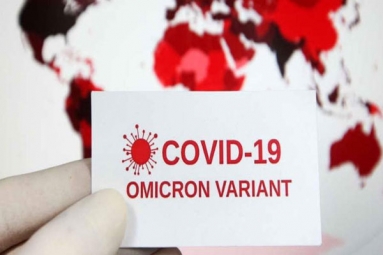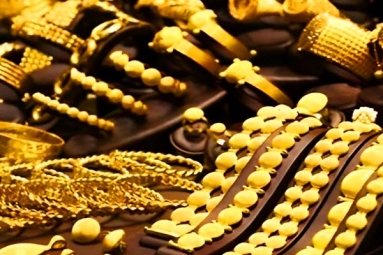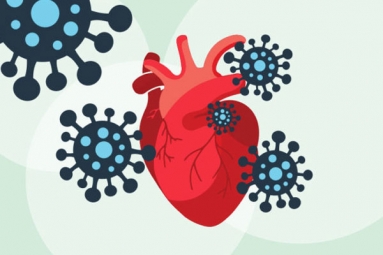
(Image source from: TechSpot)
The scientists have designed the world’s thinnest gold ever created which is just one million times leaner than a human fingernail or just two atoms thick. The thickness of the gold is 0.47 nanometers, according to the researchers at the University of Leeds in the UK.
Since it comprises just two layers of atoms sitting on top of one another, the material is regarded as two-dimensional (2D). The research, published in the journal Advanced Science, says that all atoms are surface atoms and there are no 'bulk' atoms hidden beneath the surface.
In comparison to currently used gold nanoparticles, which are three dimensional (3D) materials with the majority of atoms residing in the bulk rather than the surface, the ultra-thin gold is 10 times more efficient as a catalytic substrate, as per findings by laboratory tests.
According to the research team, the material could also be applied in rapid, water purification systems, and point-of-care medical diagnostic tests.
"This work amounts to a landmark achievement," said Sunjie Ye, from the University of Leeds. "Not only does it open up the possibility that gold can be used more efficiently in existing technologies, but it is also providing a route which would allow material scientists to develop other 2D metals. "This method could innovate nanomaterial manufacturing," Ye said.
Professor Stephen Evans, head of the Leeds' Molecular and Nanoscale Research Group who supervised the research, said: “the considerable gains that could be achieved from using these ultra-thin gold sheets are down to their high surface area to volume ratio.”
"Gold is a highly effective catalyst. Because the nanosheets are so thin, just about every gold atom plays a part in the catalysis. It means the process is highly efficient," he said. Standard benchmark tests revealed that gold nanoscale sheets were ten times more efficient than the gold nanoparticles conventionally used in the industry. "Our data suggest that industry could get the same effect from using a smaller amount of gold, and this has economic advantages when you are talking about precious metal," Evans said.
It has been also revealed that the gold sheets could act as highly effective artificial enzymes. The flakes are also flexible, which means they could form the basis of electronic components for bendable screens, electronic inks, and transparent conducting displays, researchers said.
"The translation of any new material into working products can take a long time and you can't force it to do everything you might like to," said Evans.
"With graphene, people have thought that it could be good for electronics or transparent coatings - or as carbon nanotubes that could make an elevator to take us into space because of its super strength. "I think with 2D gold we have got some very definite ideas about where it could be used, particularly in catalytic reactions and enzymatic reactions," he said.
By Sowmya Sangam



















